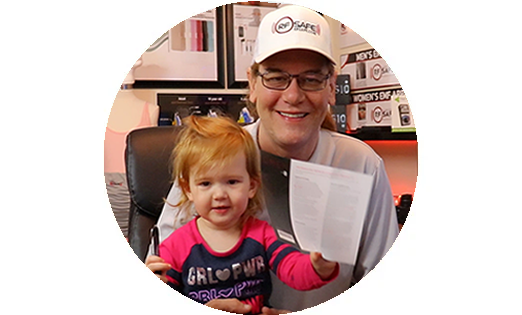Mobile Phone Radiation List Revealed
The Independent
Journalist: Kathy Moran
October 4, 1999
The first comprehensive study of the health risk from mobile phones reveals that some models expose users to up to 20 times more radiation than others on the market.
The research, carried out by German scientists from the Institute for Satellite and Mobile Communication, provides the first consumer guide to emissions from popular brands of cell phone.
The “safest” phone was found to be the Motorola Star Tac 130. At the bottom of the league is the Philips Genie 900.
Tests were carried out on 25 types of modern mobile, comparing them with the American NSI safety standard known as the specific absorption rate (SAR). This is accepted throughout the world as the most reliable way to measure the amount of radiation absorbed into the head. Only one phone exceeded the American safety guidelines – the Philips Genie 900 with fixed antenna.
The results provide the sort of consumer guidance called for last week by the UK’s Parliamentary Science and Technology Select Committee. But the safety guidelines have been criticized by many scientists as having far too high a safety threshold. In their submissions to the committee, scientists, including Dr Gerrard Hyland, a bio-physicist at Warwick University, said the levels were too high to protect users.
“This list provides a useful guide to the layman,” said Dr Hyland. “The higher the SAR, the greater the absorption of microwaves. But people have to remember that SARs do not tell the whole story as they are based only on thermal effects. The persistent reports of neurological effects at intensities far lower than anything causing heating indicates a more subtle influence at work.”
Alasdair Phillips of Powerwatch, a consumer group based in Cambridge, agreed: “It is sensible to chose a low SAR phone.”
Mobile phone manufacturers, who point to SAR guidelines as the only valid safety criterion for their product, deny there is any possibility of a hazard to health.
A spokesman for the Federation of the Electronics Industry of Britain, said: “The consensus of scientific opinion is that there is no consistent evidence that mobile phones operating within these established safety guidelines have any adverse effect.”
David Brown of Motorola UK, who is also chairman of the Mobile Manufacturers’ Forum, told the select committee that once the SAR value fell below the guideline level, the exact figure became irrelevant.
The absolute value of SARs is problematic. There is no standard method of measurement and the results can vary depending on the type of probe and dummy head (used in experiments to test radiation absorption), the design of the mobile’s antenna, and the position in which the phone is held by the user. The EU-funded project, SARSYS, led by Dr Camelia Gabriel, a British expert in microwave radiation, hopes to produce a standard that can be adopted worldwide by March.
The World Health Organisation, which will be reviewing mobile phone health risks next month, believes that until the standard is set consumers should be cautious about demanding SAR values for their mobiles.
Faced with conflicting advice, however, consumers, especially the health-conscious, are looking for guidance on radiation now.








